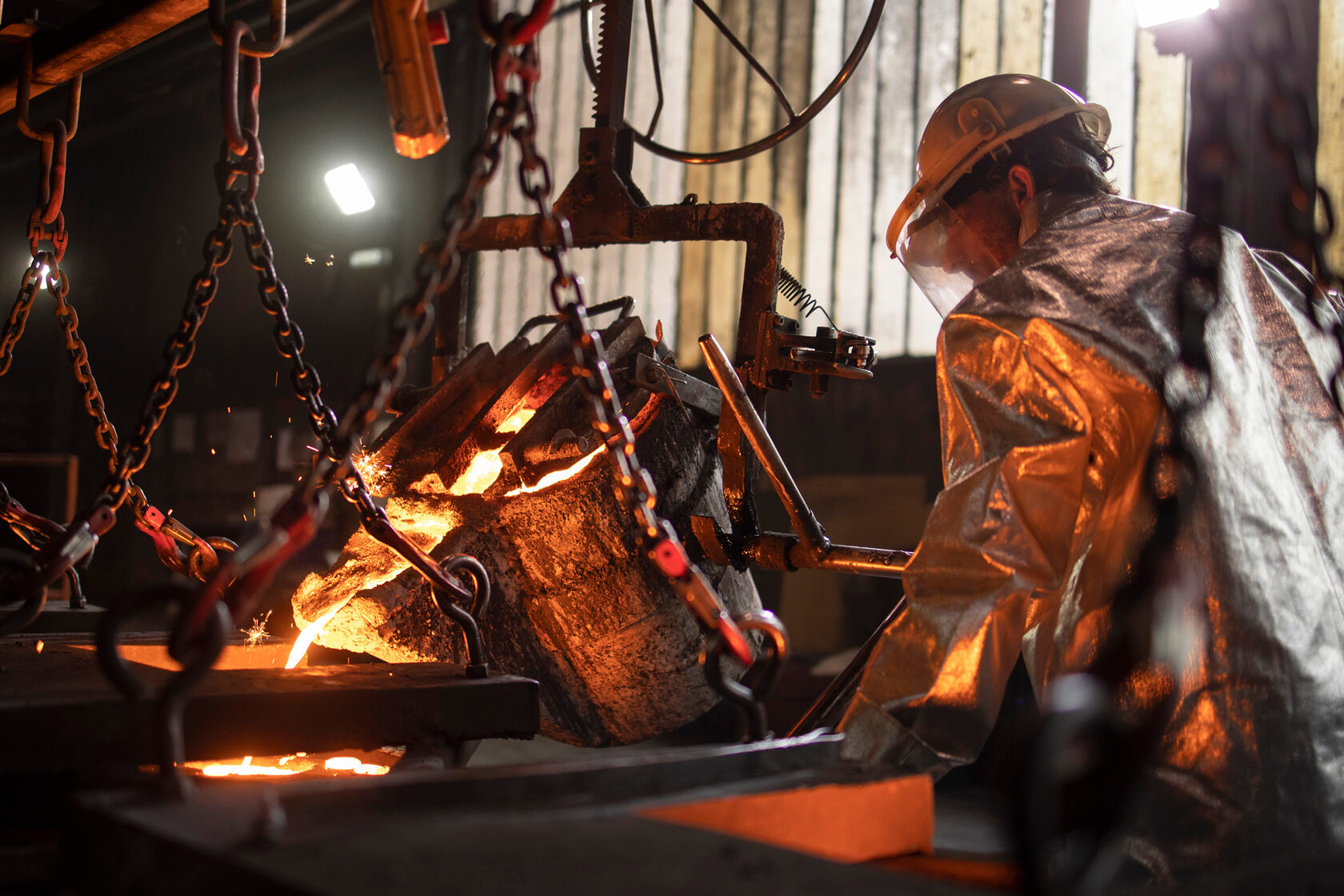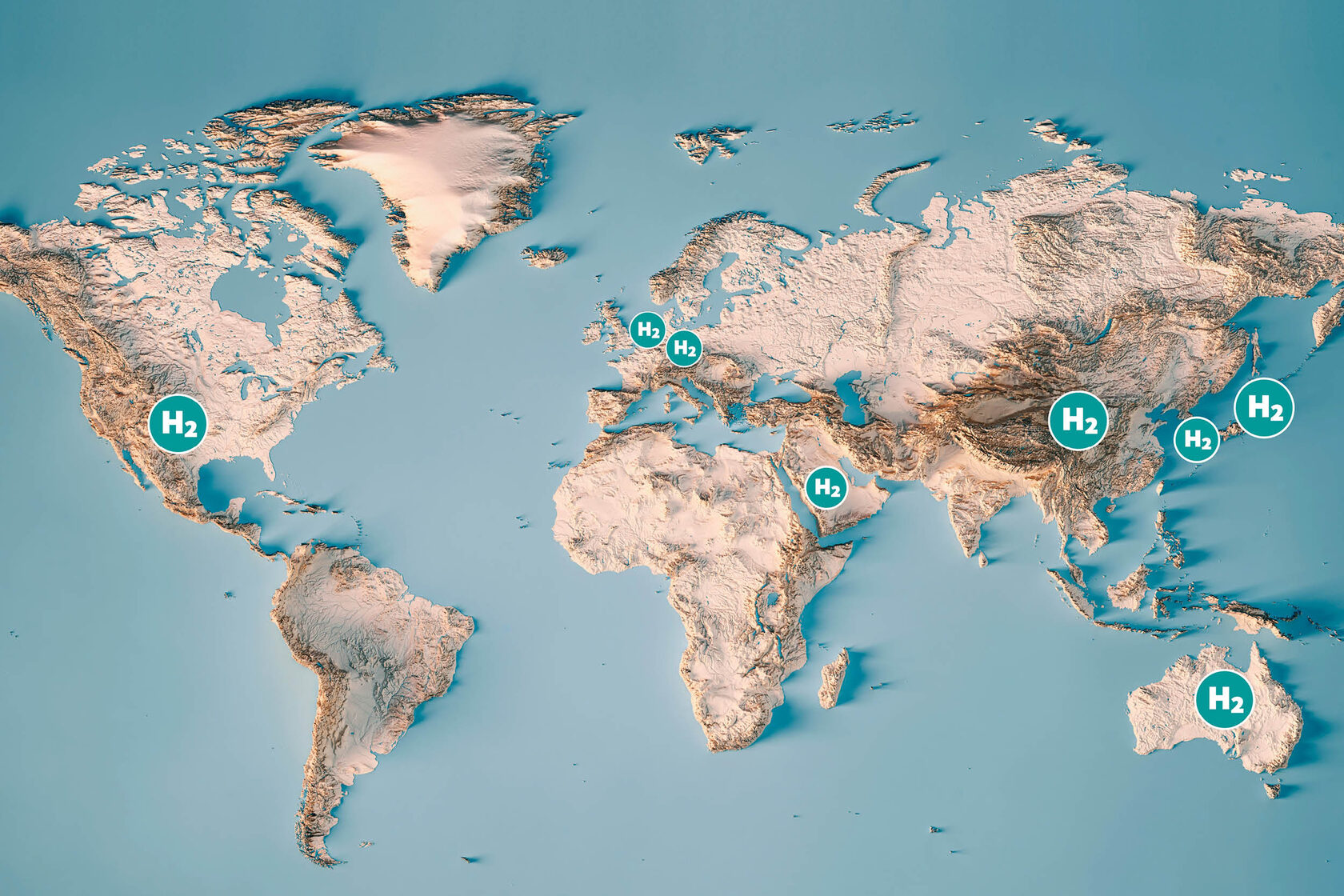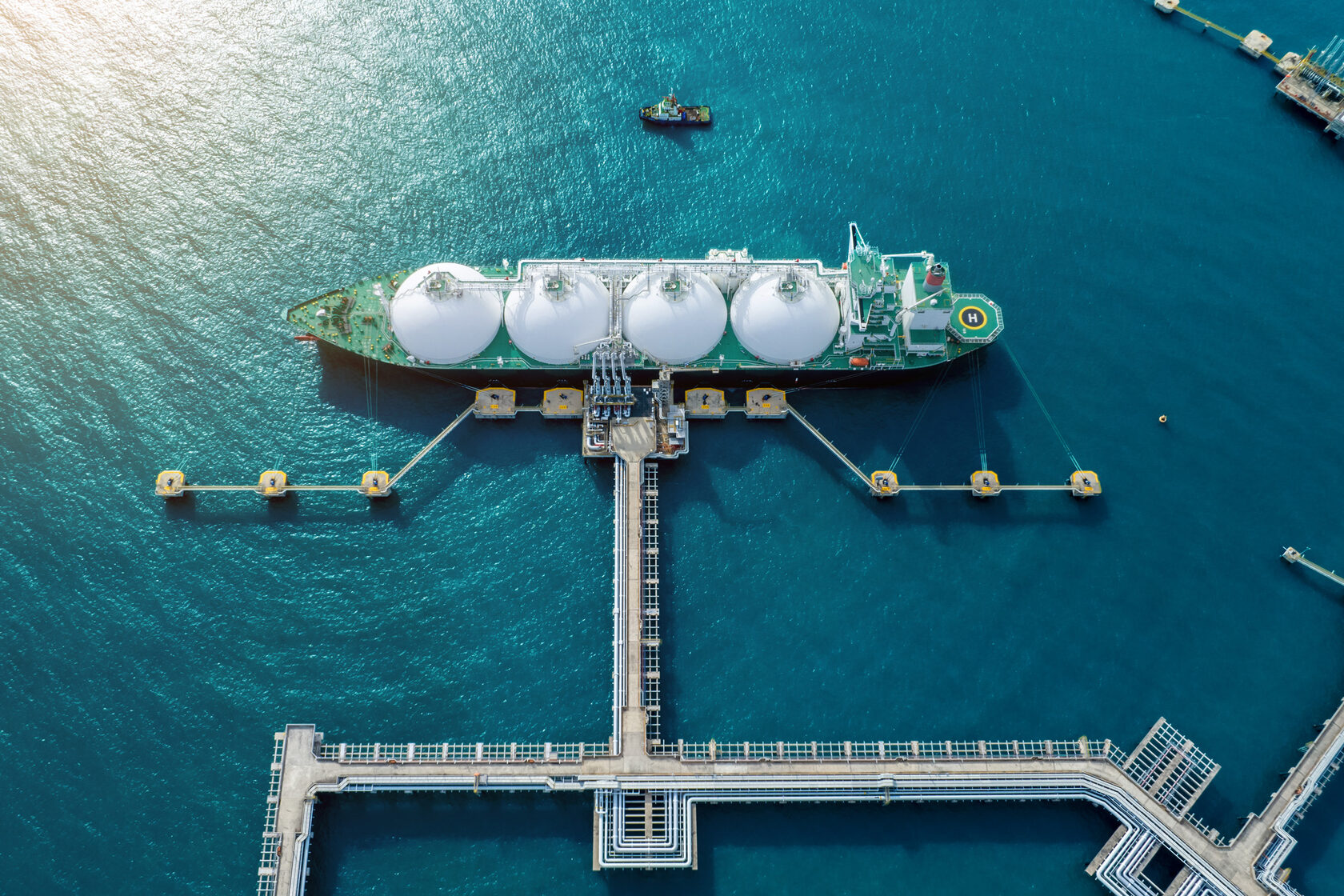Green Energy,Sustainable Future
Revolutionary hydrogen technology, zero-emission solutions, and clean energy innovation designed to power our future.
The Future in Figures Hydrogen's Global Rise
Countries
Projects
Hydrogen Trains
Cost Drop
Our Vision
Lead Vietnam's Green Hydrogen market,
expand to ASEAN
and global market.
Hydrogen technology represents the next frontier in clean energy—a versatile, zero-emission solution that can power everything from vehicles to entire cities while creating a truly sustainable energy ecosystem.
Our Mission
Reducing Emissions, Creating Impact
Committed to accompanying Vietnam and the world in the goal of reducing emissions and developing a circular economy.
Our Solution
Our Solution Stack
Complete hydrogen ecosystem from production to mobility solutions
01
GREEN HYDROGEN PRODUCTION
Electrolysis powered by Vietnam's abundant solar and wind resources
02
MODULAR SYSTEMS
Compression, storage, and delivery systems for efficient hydrogen management.
03
PACKAGED MOBILITY KITS
H2-ICE Retrofit Kits: Convert diesel engines to hydrogen for cost - effective transitions. Hydrogen Fuel Coll Powerpacks: Zero - emission power for vessels and trucks.
04
SUPPORT PLATFORM
Real-time monitoring and diagnostics to optimize performance and maintenance.
Our Partners
Our Potential Partners
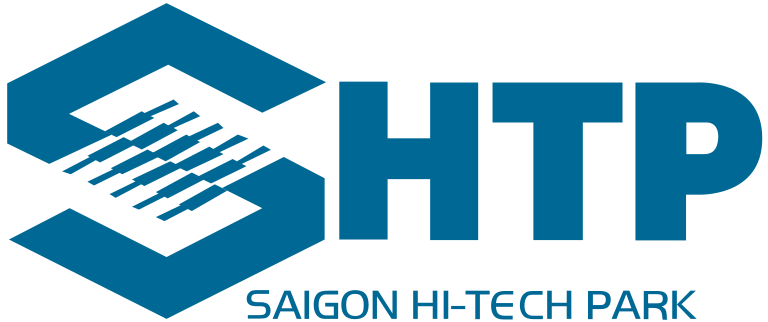
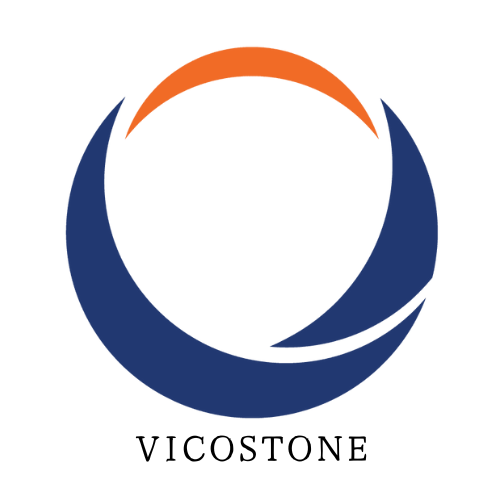










Global Hydrogen Demand
An overview of the expected increase in hydrogen demand, a crucial component in the global energy transition.
Scroll down to view data up to year 2030
Explore real-worldapplications
From zero-emission transport to grid-scale storage, hydrogen is powering a cleaner future.
Choosing Hydrogen Is Choosing the Future
Discover how hydrogen is reshaping the future of energy with its unmatched efficiency, scalability, and zero-emission promise.
Zero Emission Technology
Hydrogen fuel cells produce only water vapor as a byproduct, making it one of the cleanest energy solutions available. From cars to trains, hydrogen power helps eliminate harmful emissions across all transportation sectors.
Energy Storage & Flexibility
Hydrogen can store surplus renewable energy and be used anytime, making grids more stable and flexible.
Global Scalability
Hydrogen is abundant and can be produced locally — enabling global energy independence and sustainability.
Versatile Applications
From personal vehicles to commercial aircraft, hydrogen power is adaptable across all transportation modes. The Airbus ZEROe and maritime vessels demonstrate hydrogen's potential to revolutionize every sector of transport.
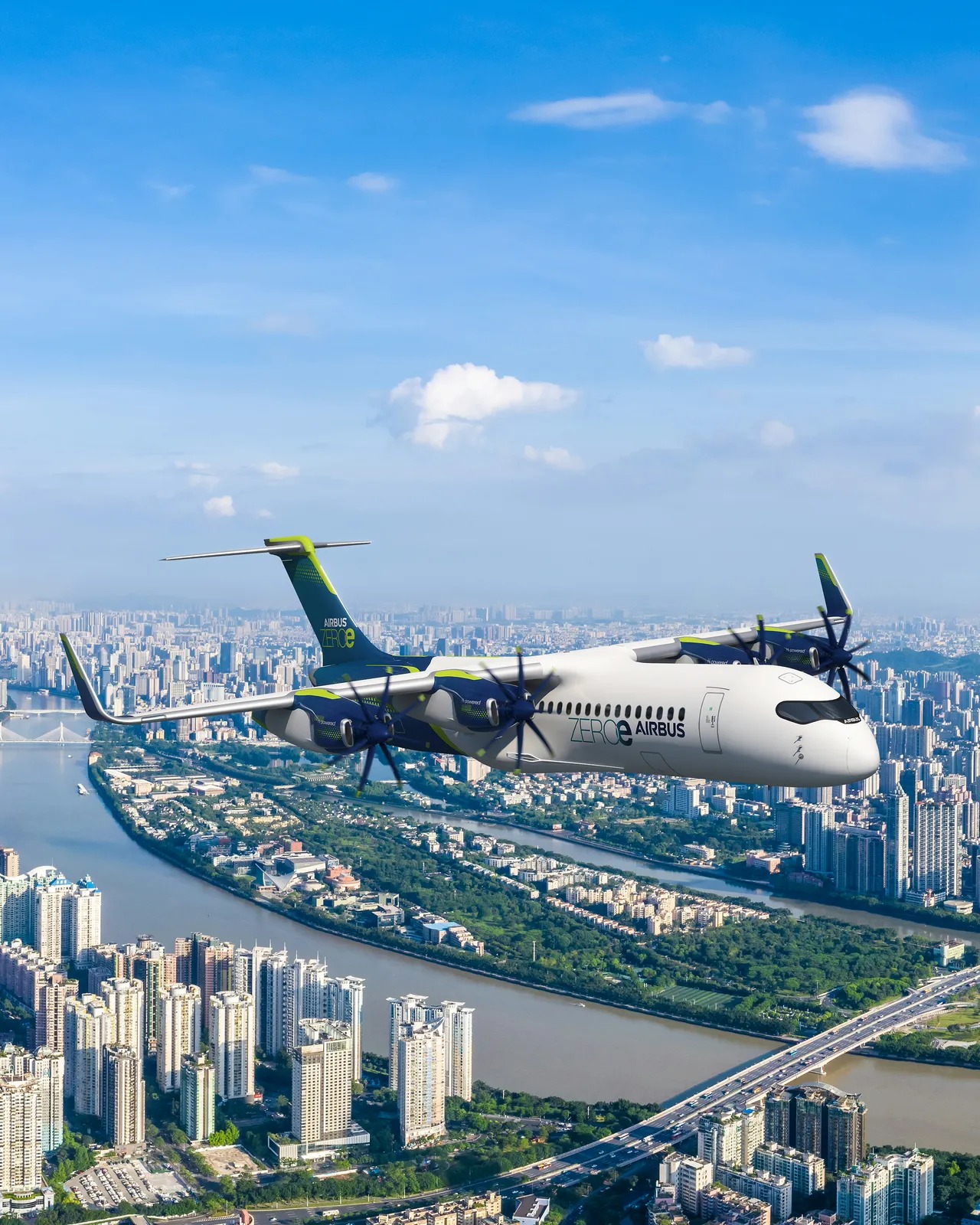
Step inside a world where sustainable innovation and clean energy meet.
Our Team
Meet Our Team
Founders with expertise in reneable energy technology, engineering, and business development.

Ly Minh Hoang

Truong Ngoc Duy

Nguyen Duy Xuan Bach

Nguyen Thi Nhat Thien
CFO

Tran Thi My Ai
Head of Legal

Nguyen Huy Cuong
Research & Analyst

Truong Quang An
Project Coordinator
Experimental Roadmap Labs Setup & Operation
Strategic timeline for transforming Vietnam's energy landscape through green hydrogen innovation
0-12 MONTHS
PHASE 1
- Conduct comprehensive research and analysis of international models. - Consult with experts from Vietnam and Japan, collaborate with SHTP(Saigon High - Tech Park). - Compile a list of necessary materials and equipment for the laboratory.
12-24 MONTHS
PHASE 2
- Prepare the site and construct the laboratory according to standard layout. - Install specialized equipment. - Train personnel and establish operational and safety procedures.
24-36 MONTHS
PHASE 3
- Conduct pilot blending trials (gradually increasing from 2% to 20% H2). - Evaluate materials, performance, and durability across cycles. - Optimize the system and prepare for hybrid fuel cell integration.
Explore Deep Insights,Trends & Innovations

By Eirwen Williams














